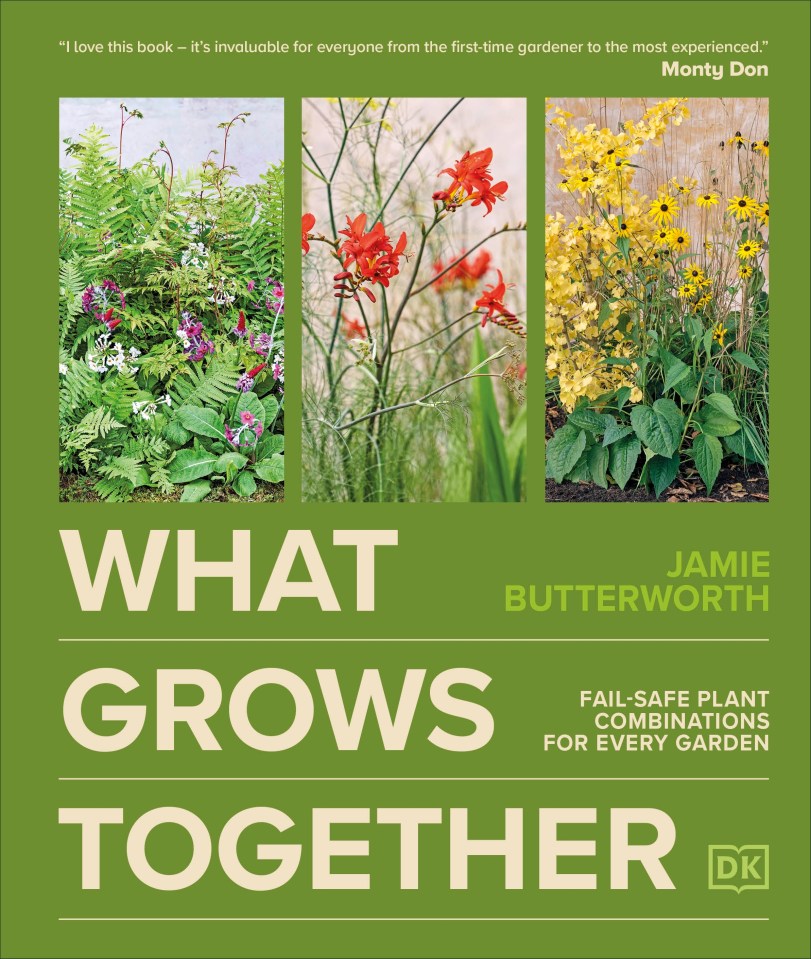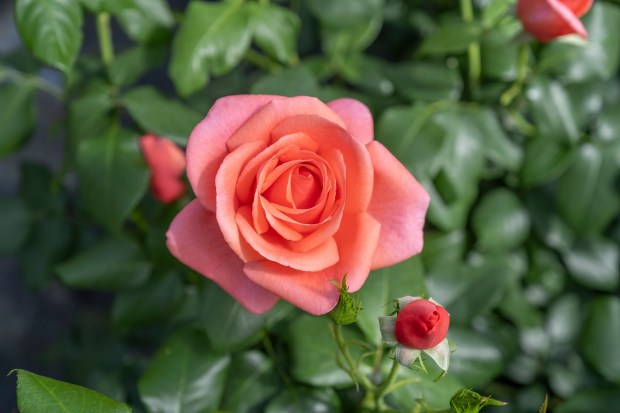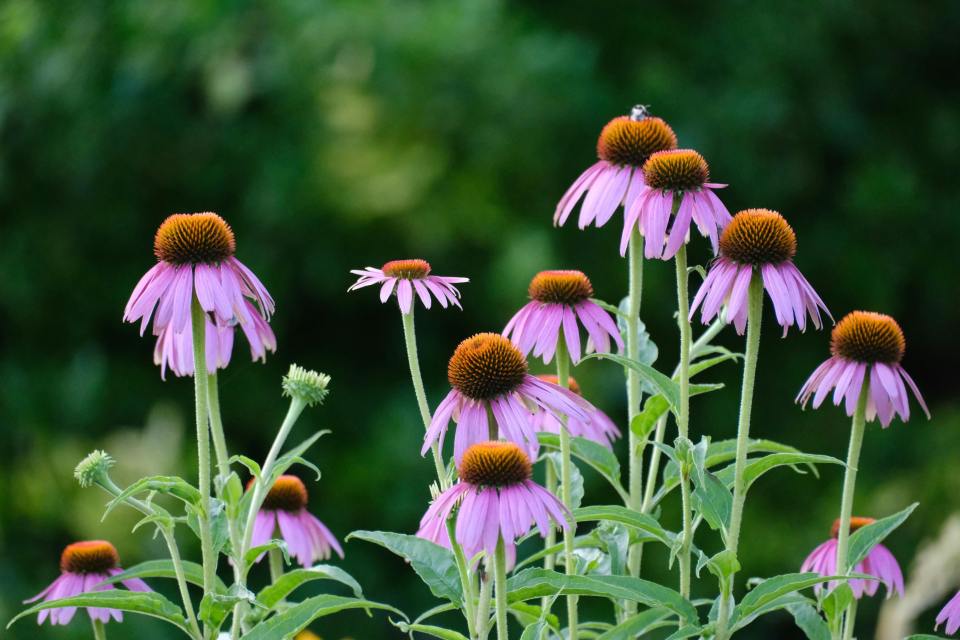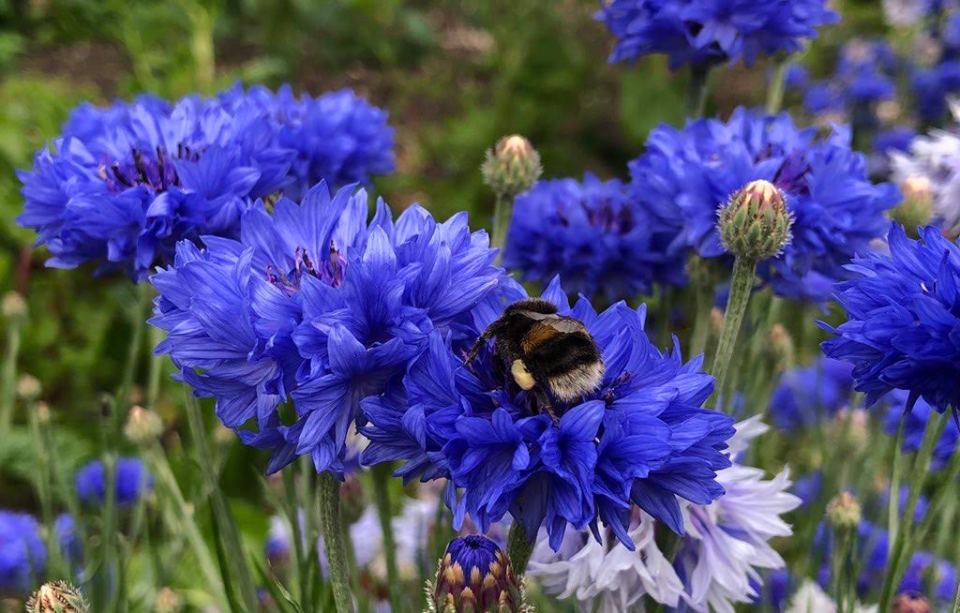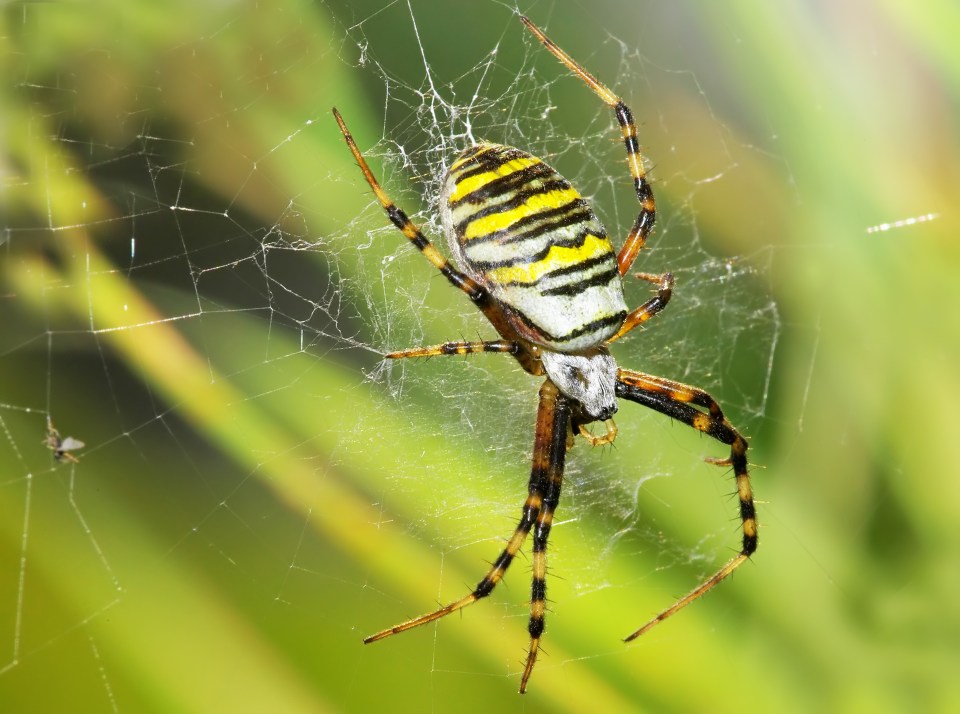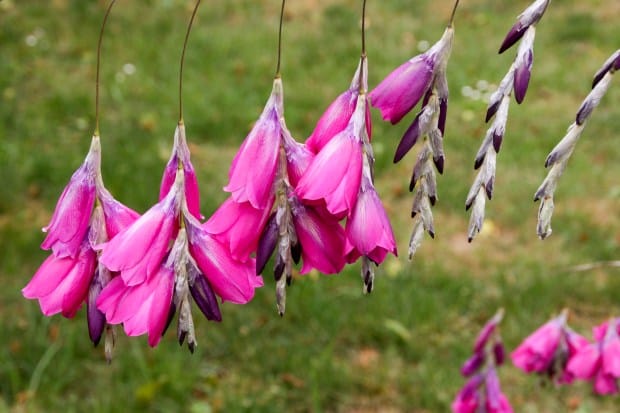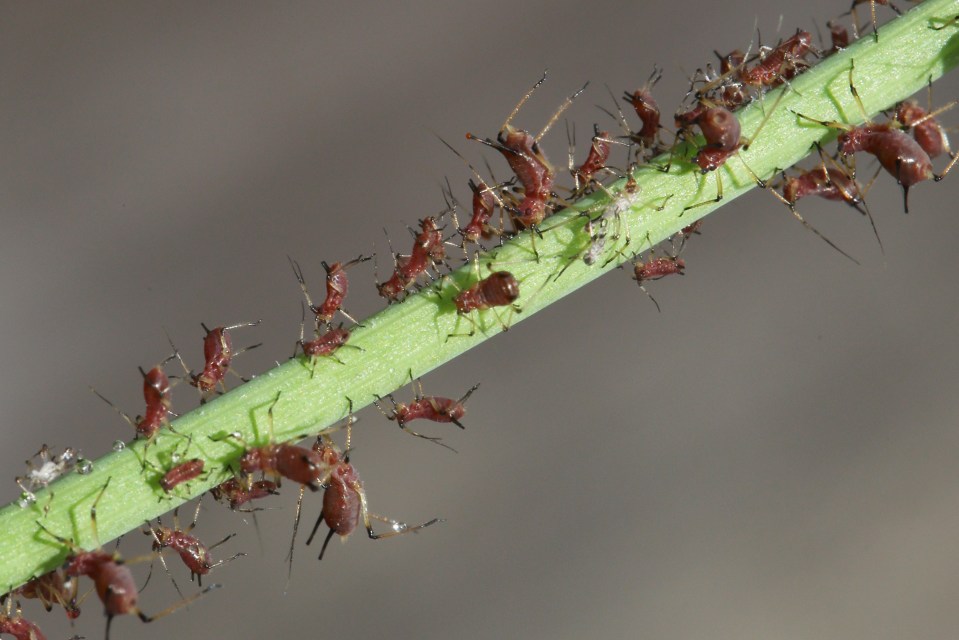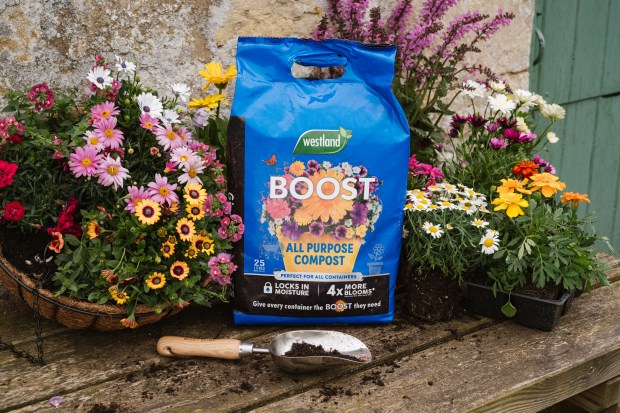Chilling moment crocodile swims through river with woman between its teeth after beast snatched her off the bank
THIS is the chilling moment a woman was dragged down a river between the jaws of a crocodile.
Footage of the sinister creature was caught by witnesses after 57-year-old Soudamini Mahala was snapped up as she bathed in the Kharastrota River in India.
The huge reptile can be seen swimming through the water with Mahala’s lifeless body in its mouth.
The shouts of shocked villagers were shouting in surprise in the background audio of the video.
Despite cries for help, nobody was able to reach her in time.
Witnesses said the crocodile lunged at the unsuspecting woman and pulled her into the water before anyone could react.
Locals rushed to the river, too late to save the victim from the crocodile’s death grip.
The ordeal took place in Kantia village, in the Jajpur district Odisha, in eastern India.
“The woman was taking a bath in the Kharasrota river around 4pm on Monday,” a police spokesperson said.
“A crocodile dragged her into the high stream of the river.
“Villagers present on the riverbank tried to chase the reptile but failed to rescue her,” they added.
Emergency services rushed to the river after being alerted to the attack and have since launched a search operation to recover Mahala’s body.
Eyewitness Naba Kidhore Mahala said villagers had jumped in to try and save Mahala.
“As we noticed that the crocodile was dragging the woman into the river, we jumped to rescue her,” he said.
“All our efforts went in vain.”
The tragic crocodile attack comes just days after a camper was found dead after sending his family photos of a bear.
The man’s body was discovered with extensive wounds two days after snapping pics of the forest giant.
Family of the unidentified camper raised the alarm after he went radio silent from Sam’s Throne Campground in Arkansas.
The 60-year-old from Missouri was found several yards from the campsite on October 2 after his son requested a welfare check as he had not heard from him “for a couple of days”.
The Newton County Sheriff’s Office said in a press release that he had been dragged from the campsite which has been “disturbed” and where officers found “evidence of a struggle and injury”.
“There were also drag marks leading from the campground into the woods,” the release added.
While officials await autopsy results to confirm the cause of death, they said his body had “extensive injuries consistent with those expected from a large carnivore attack”.
This is in line with pictures he sent his family just days before his body was found showing a “young male bear” near his campsite on September 30.
“Until the Arkansas Crime Lab completes the autopsy, we can’t 100% say it was a bear, but everything strongly indicates it,” Sheriff Glenn Wheeler said.
“We are attempting to find the bear and dispose of it so the Game and Fish Commission can test it for anything that may have led to the encounter.
“We know without a doubt that a bear was in camp with our victim and the injuries absolutely are consistent with a bear attack.
“This is a highly unusual case. We are very early in the investigation and search and will update as we can.
“If you are in the area, just be aware and use caution, especially with children,” he added.
“History tells us that once a bear becomes predatory, it often continues those behaviors.”
As the hunt for the bear continues, the Sam’s Throne Campground has been shutdown to the public.
The camper’s death, if confirmed to be caused by a bear, will be the state’s second fatal bear attack in one month, which is highly unusual.















